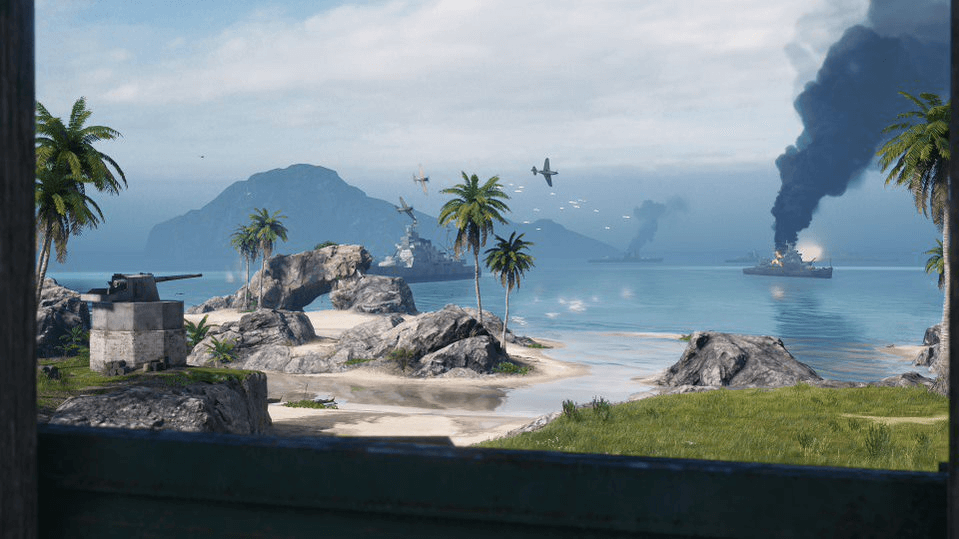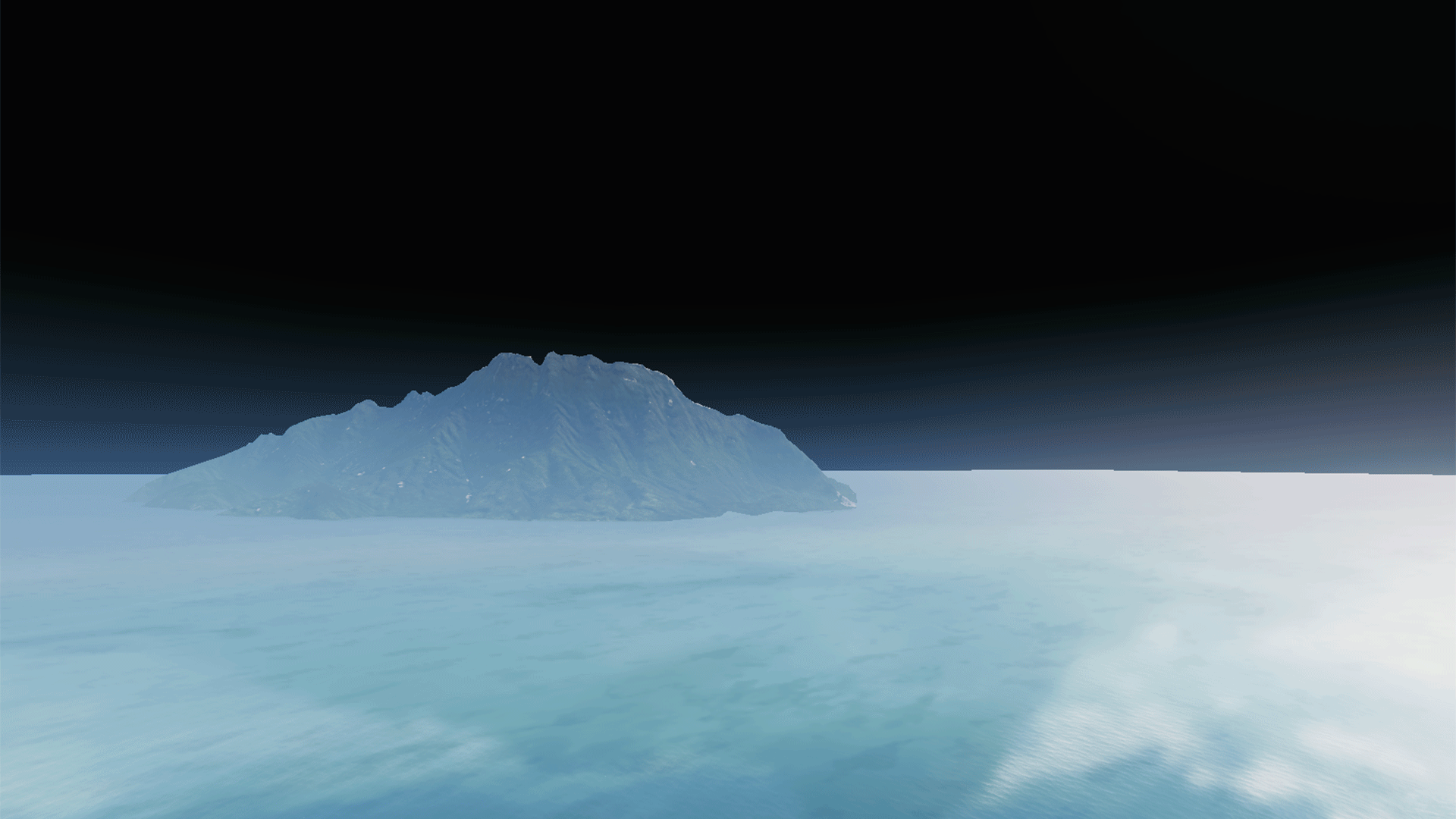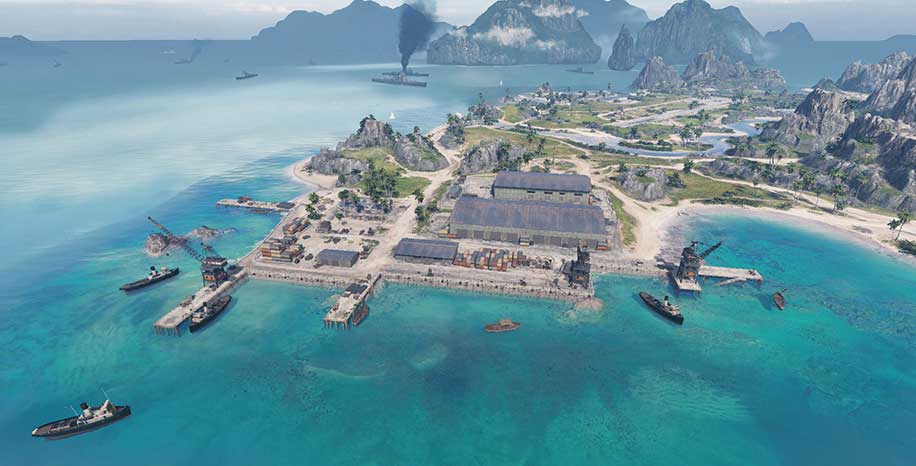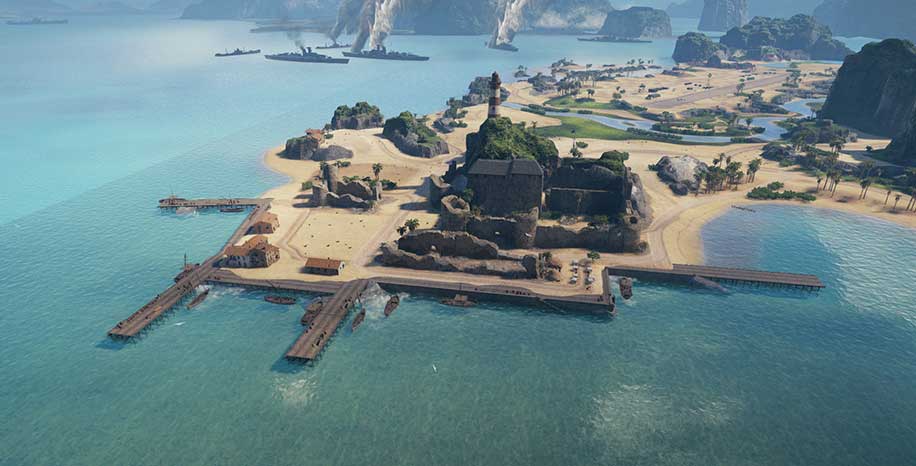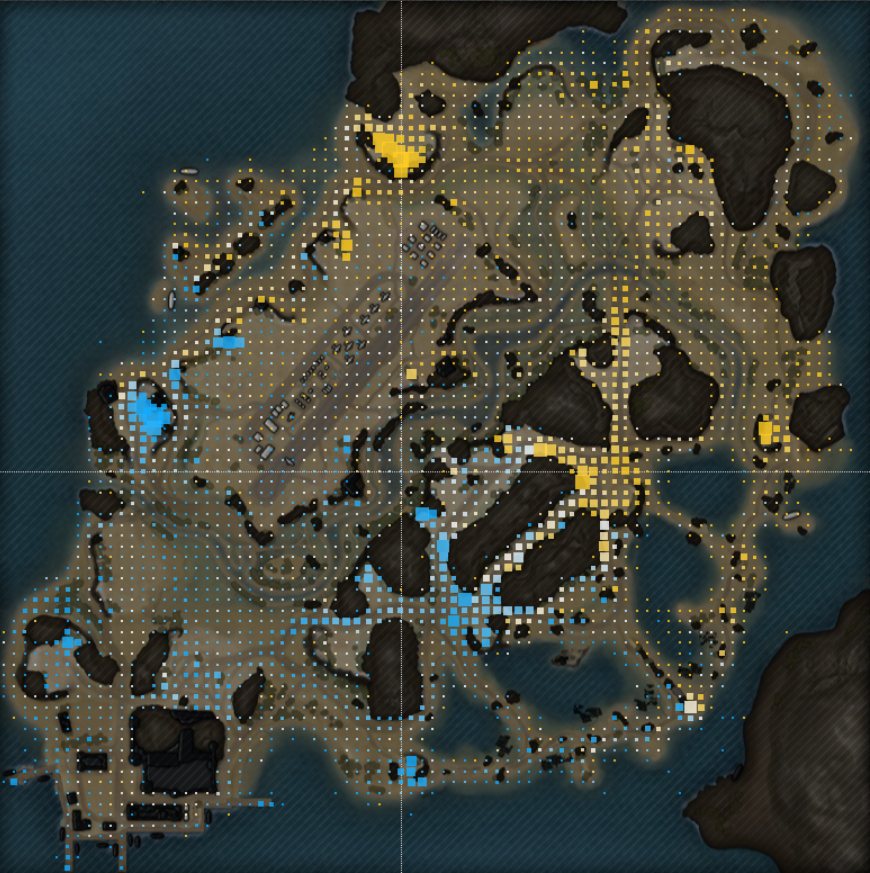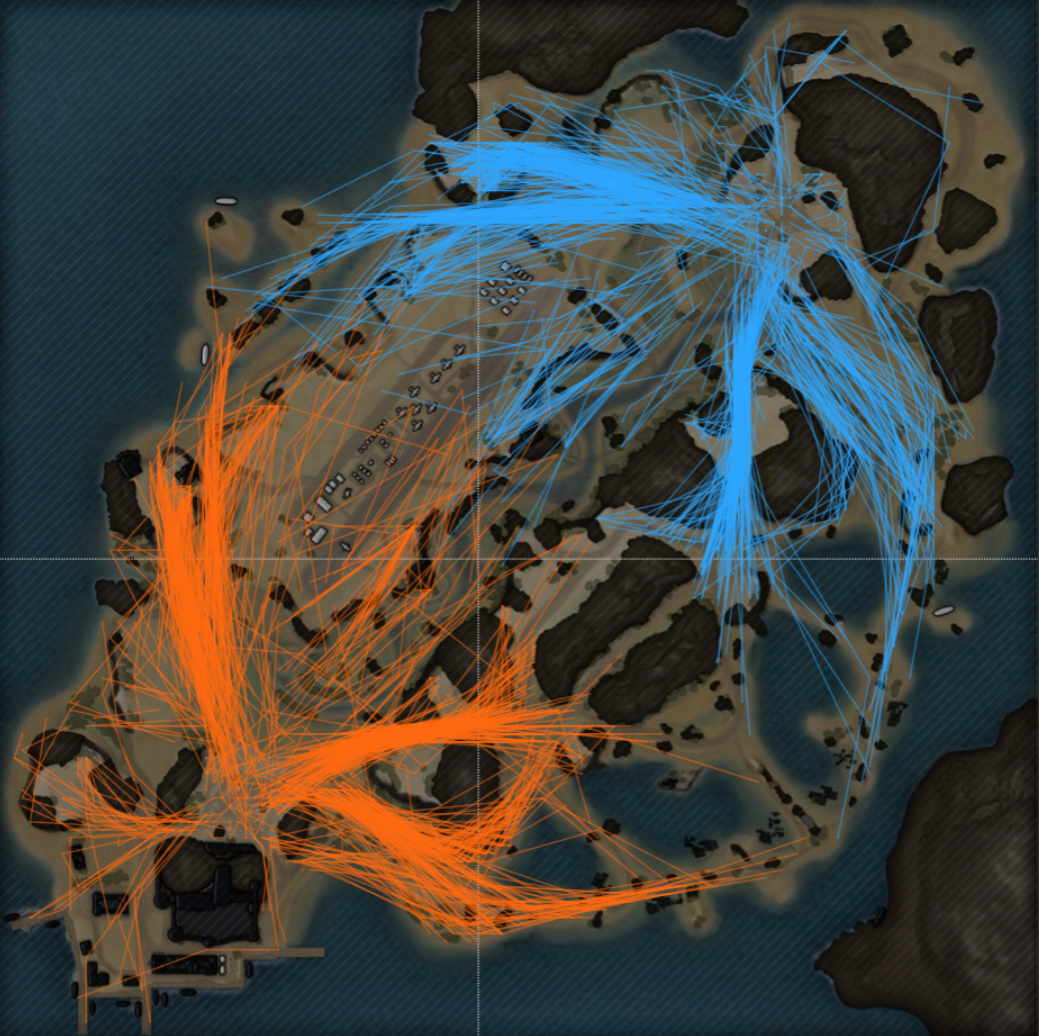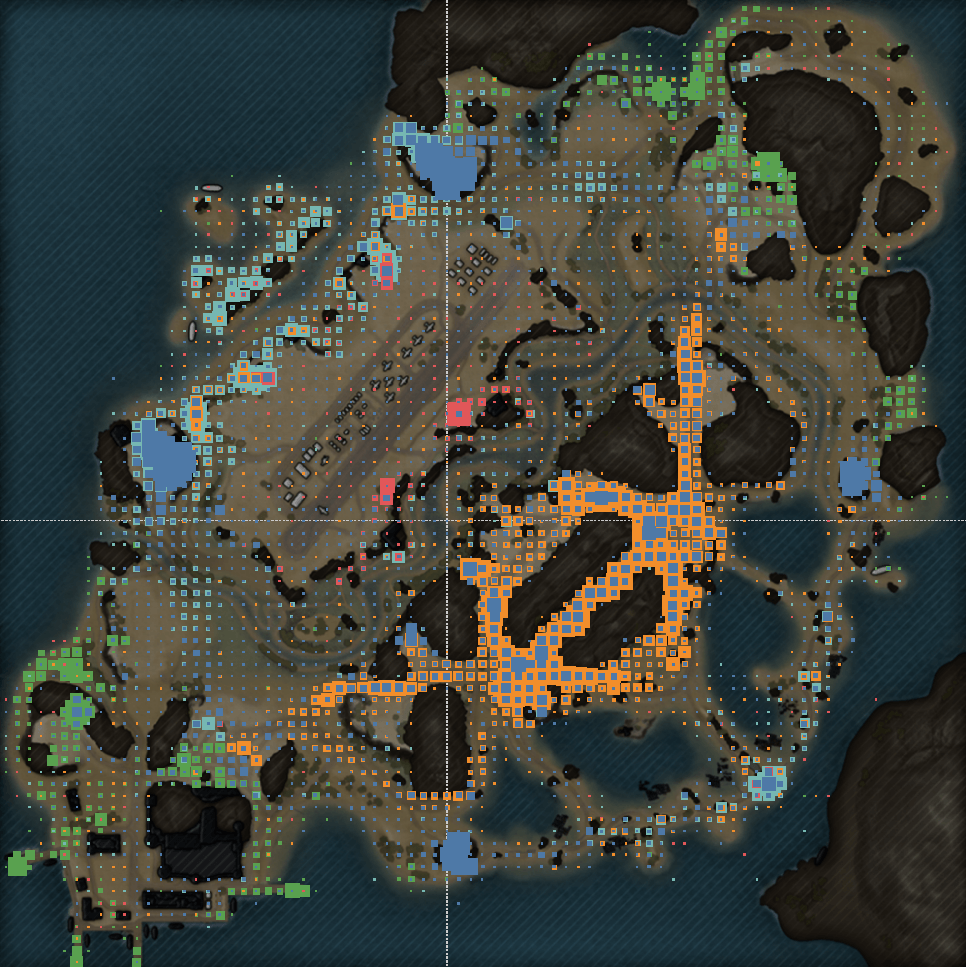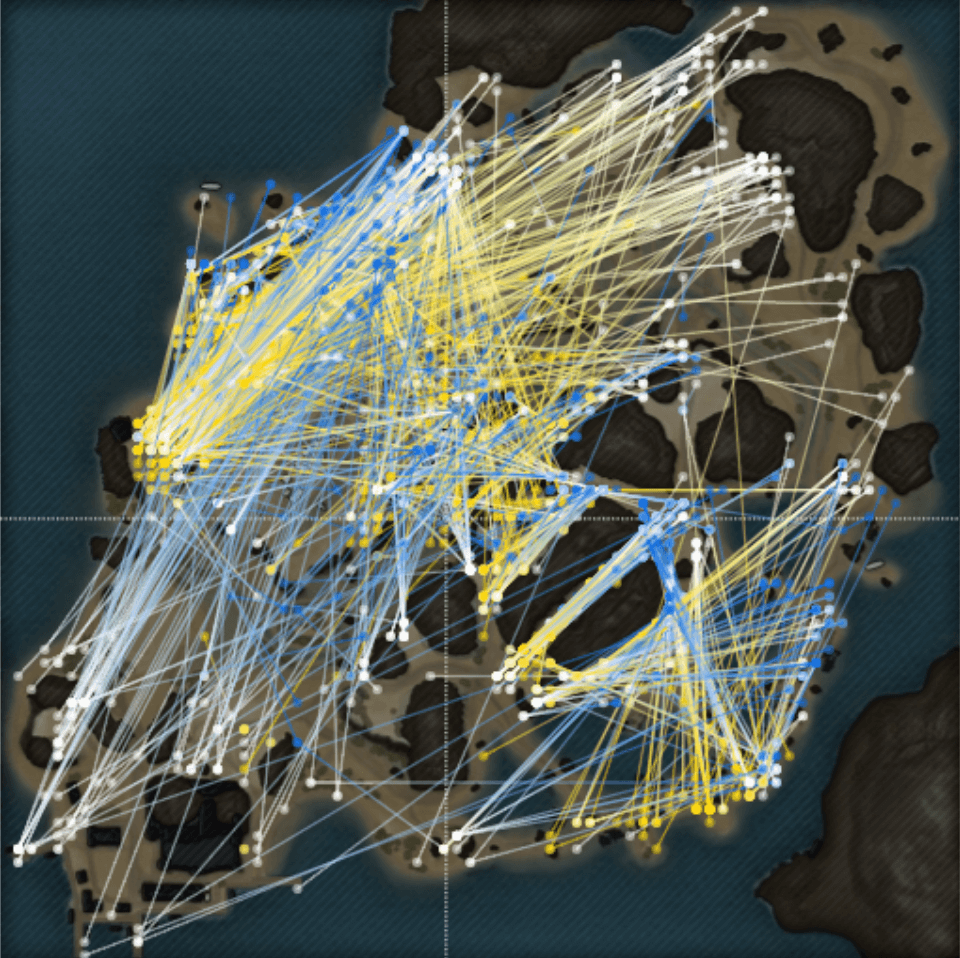- Positions of Both Teams
- Movement
- Deployment of Vehicles
- Directions of Shots
- Failed to log in. Log in or create account
- My Profile Log out
-
Close
- Tournaments
Behind the Scenes: Oyster Bay
This product is not licensed, endorsed, and/or affiliated with any branch of federal, state, and/or sovereign government, or any military branch or service thereof, throughout the world. All trademarks and trademark rights pertaining to military vehicles are proprietary to the respective rights holders. Reference to a particular make, model, manufacturer, and/or version of any military vehicle is for historical accuracy only, and does not indicate any sponsorship or endorsement of any trademark owner whatsoever. Characteristics of all models are realistically reproduced on the basis of technical elements of military vehicles from the 20th century. All trademarks and trademark rights pertaining to military vehicles are proprietary to the respective rights holders.
© 2009–2025 Wargaming.net All rights reserved.
